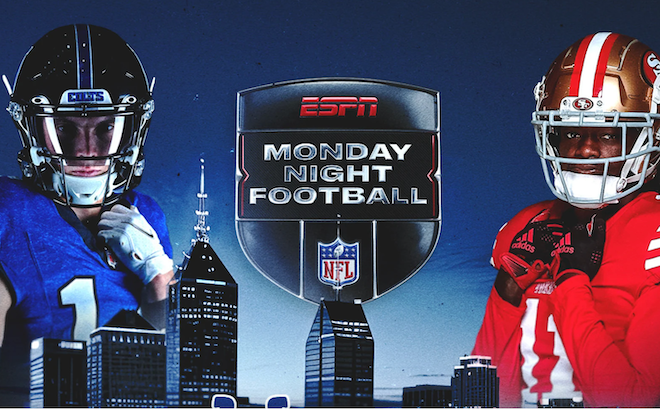With each passing day, there is more and more information out there about what is good for you and what is not. Headlines tell us to avoid specific ingredients, products and activities, or to use other products or services for the ‘cure all’ answer. To the average consumer, it is all very confusing.

Consumers’ lack of trust in brand advertising and skepticism about manufacturers’ claims has made this an even bigger challenge for brands with products and services that are authentically part of a healthy lifestyle. The ’empowered’ consumer is constantly on the lookout for information and recommendations from trusted sources when it comes to their healthcare, wellness and nutrition. Enter the most trusted sources for health & wellness information—credentialed influencers—healthcare providers, wellness practitioners and the knowledgeable healthy lifestyle advocate.
Here are six reasons why health and wellness influencers should be a part of your healthy brand’s marketing mix:
1. Health & Wellness Influencers are highly trusted and credentialed In contrast to influencers used in other categories such as fashion and entertainment, health and wellness influencers have professional degrees, credentials, expertise, and continuing education requirements. They are recognized subject matter experts who have knowledge and experience in their field, most with an office or clinical practice where they meet with patients and clients, and many have online followings with thousands of devoted readers and believers.
It is not surprising that nursing has been the most trusted profession for 14 years straight followed by pharmacists and physicians. When it comes to information about nutrition, physical activity or weight loss, consumers trust health professionals most.

Source: International Food Information Council Foundation 2014
2. Consumers are now more inspired to be proactive in improving their own health Consumers today are much more likely to seek out information and advice to more proactively manage their and their family’s health. These empowered consumers are hungry for credible information and practical advice on how they can feel better and do more to take charge of their own health. Health and wellness experts are providing information that consumers actively want to hear.
According to Nielsen’s 2015 Global Health and Wellness Report:
• 89% of consumers agree “taking personal responsibility for one’s health is best way to stay healthy”
• 70% say they are “actively trying to become healthier”
• 64% “will take whatever means necessary to control their own health”
3. Emergence of a wider array of credentialed health and wellness influencers Physicians exert a huge amount of influence on the actions of their patients related to their health; there is no denying this. However, patients are no longer content to rely solely on a doctor’s advice. Dietitians, nurse practitioners, personal trainers, heath coaches and other degreed and credentialed professionals provide real world, practical advice related to food, exercise, managing medical conditions, and living an overall healthier lifestyle.
There has been exponential growth in accreditation programs in fitness due to the demand for educated, certified and experienced fitness professionals. There has been similar growth in health coaching programs, driven by the increase in consumers wanting help to bring all the confusing and sometimes conflicting advice together to incorporate healthy habits into their lifestyle.
4. Practitioners are migrating online Healthcare professionals have been getting comfortable with social media and having an online presence. Although healthcare has lagged behind other professions, many doctors, nurses, dietitians have found their voice online and are building sizeable followings. Wellness practitioners have had a head start on their healthcare professional counterparts many with online followings in the hundreds of thousands of highly engaged fans.
5. Ability to engage health & wellness influencers at scale One of the things that changed the game for influencer marketing has been the ability to quickly recruit large numbers of influencers who can reach ever-growing audience sizes. Most influencers in health and wellness are micro-influencers (less than 10K followers) or in the “power middle,” having followings of between 10K – 200K followers—smaller followings yet highly engaged fans. New technologies make it easier and more efficient to identify, engage and manage influencer-marketing programs with larger numbers of influencers. Yet understanding how to work with this special breed of credentialed health & wellness influencers—in the digital arena as well as with in-person programs—requires a specialized knowledge of not only the influencer’s needs but the needs of brands marketing to the wellness aware, health-minded consumer.
6. ROI Influencer marketing has proven to have a strong ROI. Last year 84% of marketing and communications professionals said they would be incorporating influencer marketing in their marketing plans. Why? The results are there. Influencer content generates extremely strong ROI, according to Nielsen, 11 times the average traditional digital campaign. In addition, last year a study by Tomoson stated that, on average, businesses are making $6.50 for each $1.00 spent on influencer marketing.
Julie Landy is a managing partner at Wellness Amplified, an influencer marketing company focused on the health and wellness vertical.



